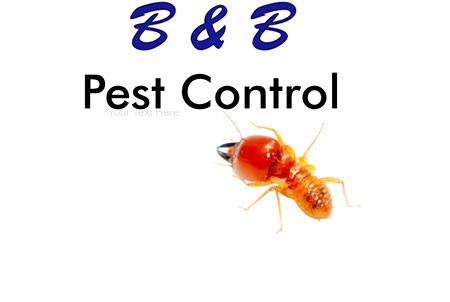Given the high number of insect pests that are known to invade homes, it’s hard to believe that they account for a very small minority of all known animal species. According to Dawn Gouge, a public health entomologist at the University of Arizona, only five percent of all known animal species are considered pests. Pest species differ from all other animal species in that pests have figured out how to derive benefits from living in close association with humans. Jim Fredericks, chief entomologist for the National Pest Management Association (NPMA), states that pests invade homes for three reasons-to obtain shelter, to gain easy access to food and water, and to secure moist conditions.
Most insect pests only pose a nuisance when they become abundant within and/or around homes, but some insect pests are economically significant due to their habit of inflicting costly property damage or medically harmful injuries. Some economically significant insect pests include carpet beetles that destroy clothing, furniture upholstery and other fabrics, red-imported fire ants that saddle their sting victims with expensive medical bills, and pantry pests that can contaminate stored food products. However, termites are by far the most economically significant insect pests in the world, as they are responsible for inflicting more than five billion dollars of structural damage annually in the US alone.
All termites are divided into three groups known as subterranean, drywood and dampwood termites. Subterranean termites are responsible for the vast majority of annual termite-related structural damage, and the eastern subterranean termite found in Massachusetts is the most widespread and destructive termite species in the US. According to pest control expert Bernard Buttone, many factors influence the degree to which subterranean termites inflict structural damage, but the foundation style of homes may be the most significant. For example, crawl spaces trap moisture which is absorbed by substructural wood, and this makes homes vulnerable to attacks by subterranean termite workers that only infest moist wood.
While concrete slab homes block ground-dwelling subterranean termite workers from accessing structural wood in homes, workers are able to travel through expansion joints where slabs meet exterior foundation walls, not to mention the many cracks that inevitably form from settling. Also, slab-on-ground homes make termite inspections and preventative perimeter treatments significantly more difficult for pest control professionals. This is because concrete slabs allow subterranean termites to move freely around homes, and holes must be drilled through slabs in order to apply a termiticide barrier.
Is your home a slab-on-ground home, and if it is, have you ever had a post-construction termiticide perimeter treatment applied to your property?

